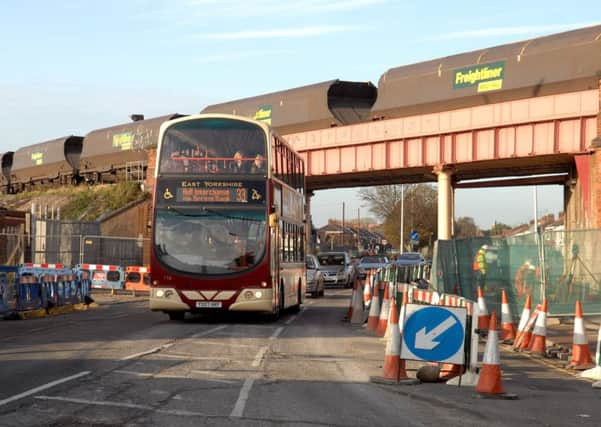Jammed city looks to digital solution


Hull Council has taken the first step towards upgrading its existing system to a more interactive, web-based system.
The city, along with Sheffield, were named among the most congested cities in Britain earlier this year, with rush hour traffic as bad as that in New York and worse than densely-populated South American cities São Paulo and Brasilia.
Advertisement
Hide AdAdvertisement
Hide AdHull, where commuters spend as long as 40 minutes a day gridlocked, was placed fifth, with Sheffield in sixth place, behind London, Manchester, Brighton and Bournemouth, in an England-wide congestion table compiled by TomTom.
Currently traffic lights on main arterial routes are controlled by old analogue telephone circuits with a central computer managing coordination. However the technology is being phased out nationally by next December.
The move will mean more reliable coordination and interaction between the city’s 185 sets of traffic lights so they respond better to changing traffic flow.
Coun Martin Mancey, who holds the planning portfolio, said the 19 lights on one of the main routes into the city, Beverley Road, were currently individually controlled. He said: “This upgrade will allow a centralised management system to coordinate signals for a better flow of traffic.” Councillors will be asked to consider the report at Energy and Infrastructure Overview and Scrutiny Commission next Wednesday.